- Trading
- Trading
- Markets
- Markets
- Products overview
- Forex
- Commodities
- Metals
- Indices
- Shares
- Cryptocurrencies
- Treasuries
- ETFs
- Accounts
- Accounts
- Compare our accounts
- Our spreads
- Funding & withdrawals
- Volume rebates
- Open account
- Try free demo
- Platforms & tools
- Platforms & tools
- Platforms
- Platforms
- Platforms overview
- TradingView
- MetaTrader 4
- MetaTrader 5
- MetaTrader Copy Trading
- cTrader
- cTrader copy trading
- Mobile trading platforms
- GO WebTrader
- PAMM
- Premium trading tools
- Premium trading tools
- Tools overview
- VPS
- Genesis
- Education
- Education
- Resources
- Resources
- News & analysis
- Education hub
- Economic calendar
- Earnings announcements
- Help & support
- Help & support
- About
- About
- About GO Markets
- Our awards
- Sponsorships
- Client support
- Client support
- Contact us
- FAQs
- Quick support
- Holiday trading hours
- Maintenance schedule
- Fraud and scam awareness
- Legal documents
- Trading
- Trading
- Markets
- Markets
- Products overview
- Forex
- Commodities
- Metals
- Indices
- Shares
- Cryptocurrencies
- Treasuries
- ETFs
- Accounts
- Accounts
- Compare our accounts
- Our spreads
- Funding & withdrawals
- Volume rebates
- Open account
- Try free demo
- Platforms & tools
- Platforms & tools
- Platforms
- Platforms
- Platforms overview
- TradingView
- MetaTrader 4
- MetaTrader 5
- MetaTrader Copy Trading
- cTrader
- cTrader copy trading
- Mobile trading platforms
- GO WebTrader
- PAMM
- Premium trading tools
- Premium trading tools
- Tools overview
- VPS
- Genesis
- Education
- Education
- Resources
- Resources
- News & analysis
- Education hub
- Economic calendar
- Earnings announcements
- Help & support
- Help & support
- About
- About
- About GO Markets
- Our awards
- Sponsorships
- Client support
- Client support
- Contact us
- FAQs
- Quick support
- Holiday trading hours
- Maintenance schedule
- Fraud and scam awareness
- Legal documents
- Home
- News & Analysis
- Forex
- Emerging Economies – Growth Potential
- Capital: Beijing
- Population: 1.4 billion (18.% of the world total)
- Official language: Standard Chinese
- Currency: Renminbi (CNY)
- Capital: New Delhi
- Population: 1.3 billion (17% of the world total)
- Official language: Hindi
- Currency: Indian Rupee (INR)
- Capital: Jakarta
- Population: 266 million (3.5% of the world total)
- Official language: Indonesian
- Currency: Indonesian Rupiah (IDR)
- Capital: Brasilia
- Population: 210 million (2.8% of the world total)
- Official language: Portuguese
- Currency: Brazilian Real (BRL)
- Capital: Mexico City
- Population: 130 million (1.7% of the world total)
- Official language: Spanish
- Currency: Mexican Peso (MXN)
News & Analysis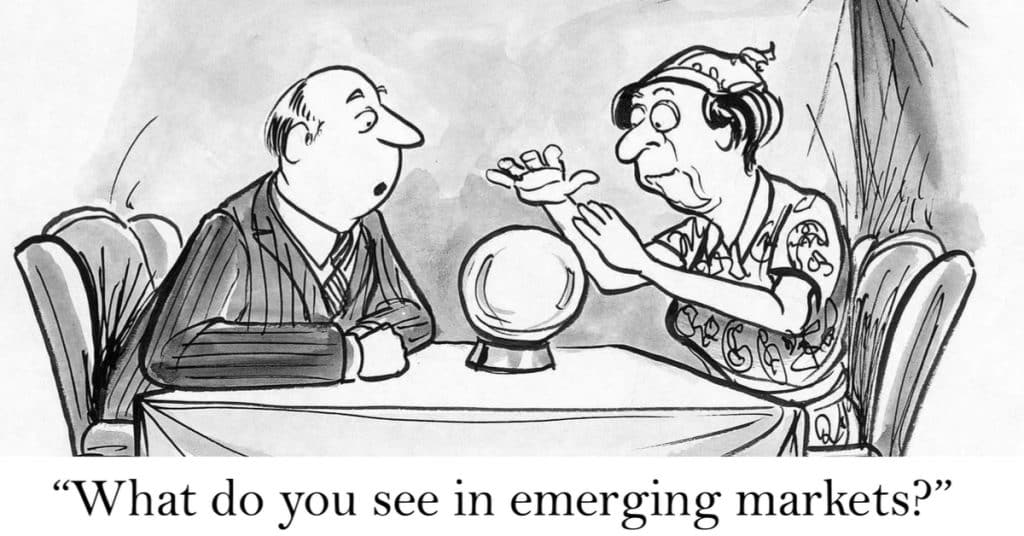
GDP Dominance
The United States dominates the world when it comes to having the largest economy by Gross Domestic Product (GDP), however, there are countries around the world which are showing major signs of economic growth and expected to overtake current world economic leaders, such as the United States and the United Kingdom.
As mentioned above, the United States has the largest GDP in the world at around $19 trillion, followed by China and Japan at $11 and $4 trillion respectively according to the figures for 2017. However, looking to the future there are some economies that are expected to expand dramatically, and we can take a look at them in this article.
China
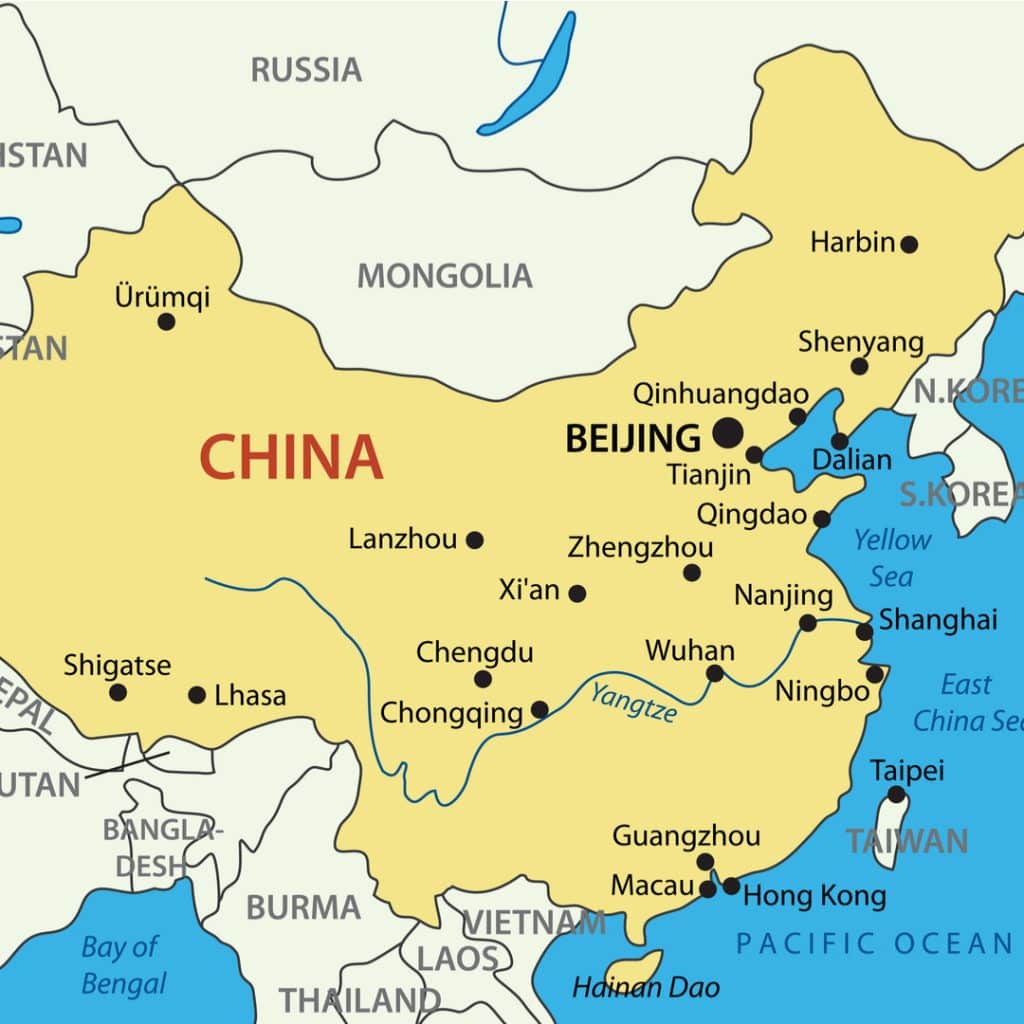
Summary
Even though the Chinese economy is already the second largest in the world, it is expected to grow even further over the next decade. China’s GDP has grown from around $4.5 trillion in 2008 to $12.2 trillion last year, a 166% increase over the last 9 years. And according to PricewaterhouseCoopers (PwC), one of world’s biggest professional service companies, China’s GDP is expected to grow to $38 trillion by 2030, making it the largest economy in the world.
India
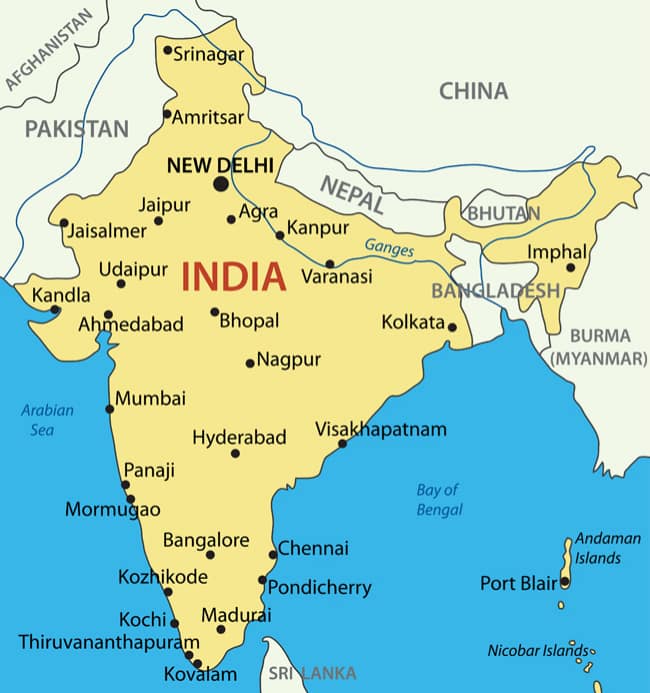
Summary
India’s economy was 6th largest in the world at $2.5 trillion. Since 2008, Asia’s 3rd largest economy has expanded by around 110% from $1.1 to $2.5 trillion. It is expected to grow further to $19.5 trillion, according to PwC overtaking the United Kingdom, Germany, and Japan – making it the third largest economy in the world by 2030.
Indonesia
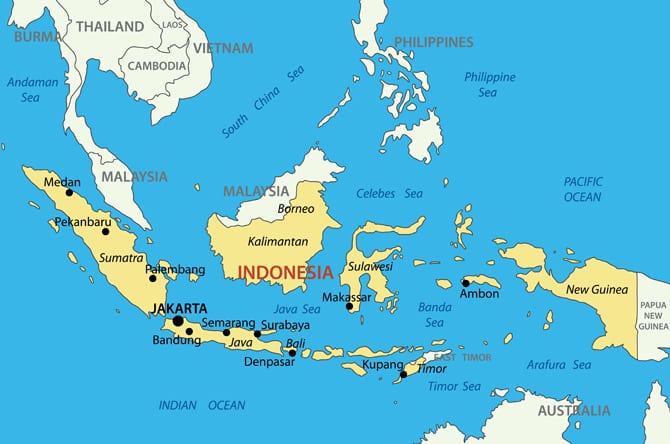
Summary
The Indonesian economy is currently 16th largest in the world at just over $1 trillion. It has nearly doubled since 2008. The South East Asian countries economy is projected to expand to around $5.4 trillion making it world’s 5th largest economy by 2030 overtaking United Kingdom and Germany.
Brazil
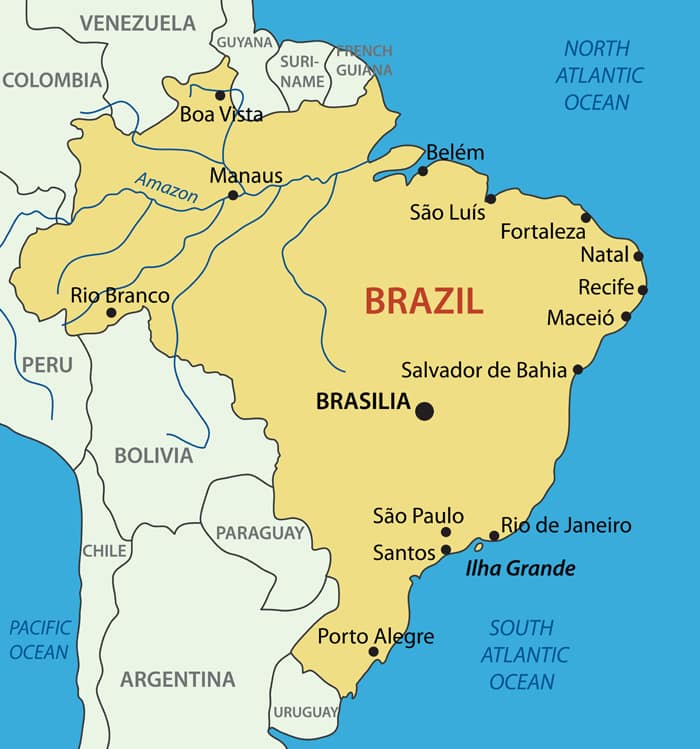
Summary
Brazil is currently the world’s 8th largest economy at $2 trillion GDP in 2017. South America’s largest economy has experienced a steady growth since 2008 when it’s GDP was at $1.6 trillion. Brazil is expected to overtake countries like France and the United Kingdom by 2030 when its economy is projected to expand to around $4.4 trillion.
Mexico
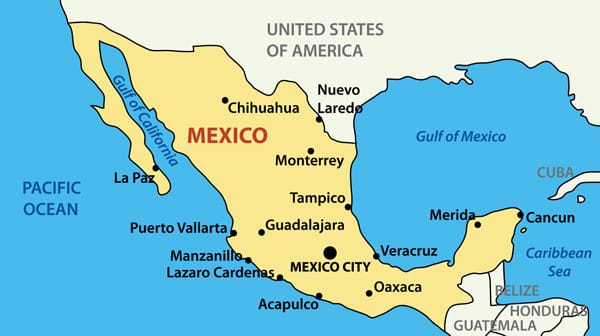
Summary
Mexico’s economy has expanded by around 3% since 2008 and is currently the world’s 15th largest economy.
However, its economy is expected to grow drastically over the coming years to around $3.6 trillion according to the projection making it the 9th largest economy in the world by 2030.
By Klāvs Valters (Market Analyst)
This article is written by a GO Markets Analyst and is based on their independent analysis. They remain fully responsible for the views expressed as well as any remaining error or omissions. Trading Forex and Derivatives carries a high level of risk.
Sources: PwC, World Bank and Google Maps
Ready to start trading?
Disclaimer: Articles are from GO Markets analysts and contributors and are based on their independent analysis or personal experiences. Views, opinions or trading styles expressed are their own, and should not be taken as either representative of or shared by GO Markets. Advice, if any, is of a ‘general’ nature and not based on your personal objectives, financial situation or needs. Consider how appropriate the advice, if any, is to your objectives, financial situation and needs, before acting on the advice. If the advice relates to acquiring a particular financial product, you should obtain and consider the Product Disclosure Statement (PDS) and Financial Services Guide (FSG) for that product before making any decisions.
Next Article
Amazon Joins the Trillion Club
Just over a month ago Apple became the first company to reach $1 trillion market cap after its shares closed at $207 per share. Now Amazon has become the second company to hit the historic milestone after its share price rose to $2,050 per share. In case you didn’t know, Amazon offers a range of products and services through its websites. The...
September 5, 2018Read More >Previous Article
Art of War and Trading: Part 2
兵者,诡道也。 All warfare is based on deception. Investment is, in essence, a game of intelligence and psychology, and the importance of calc...
September 3, 2018Read More >News and Analysis
Join our mailing list to receive market news and monthly newsletters, delivered directly to our inbox.

